Cura della Pianta di Mantello della Signora - Bellissimo Fiore dai Molti Benefici
La mantide è una pianta dall'aspetto interessante e un complemento perfetto per qualsiasi giardino. Grazie alle sue esigenze relativamente basse e alle cure poco impegnative, i giardinieri inesperti apprezzeranno sicuramente la mantide. Che aspetto ha questa pianta popolare? Scoprite come coltivarla e prendersene cura.
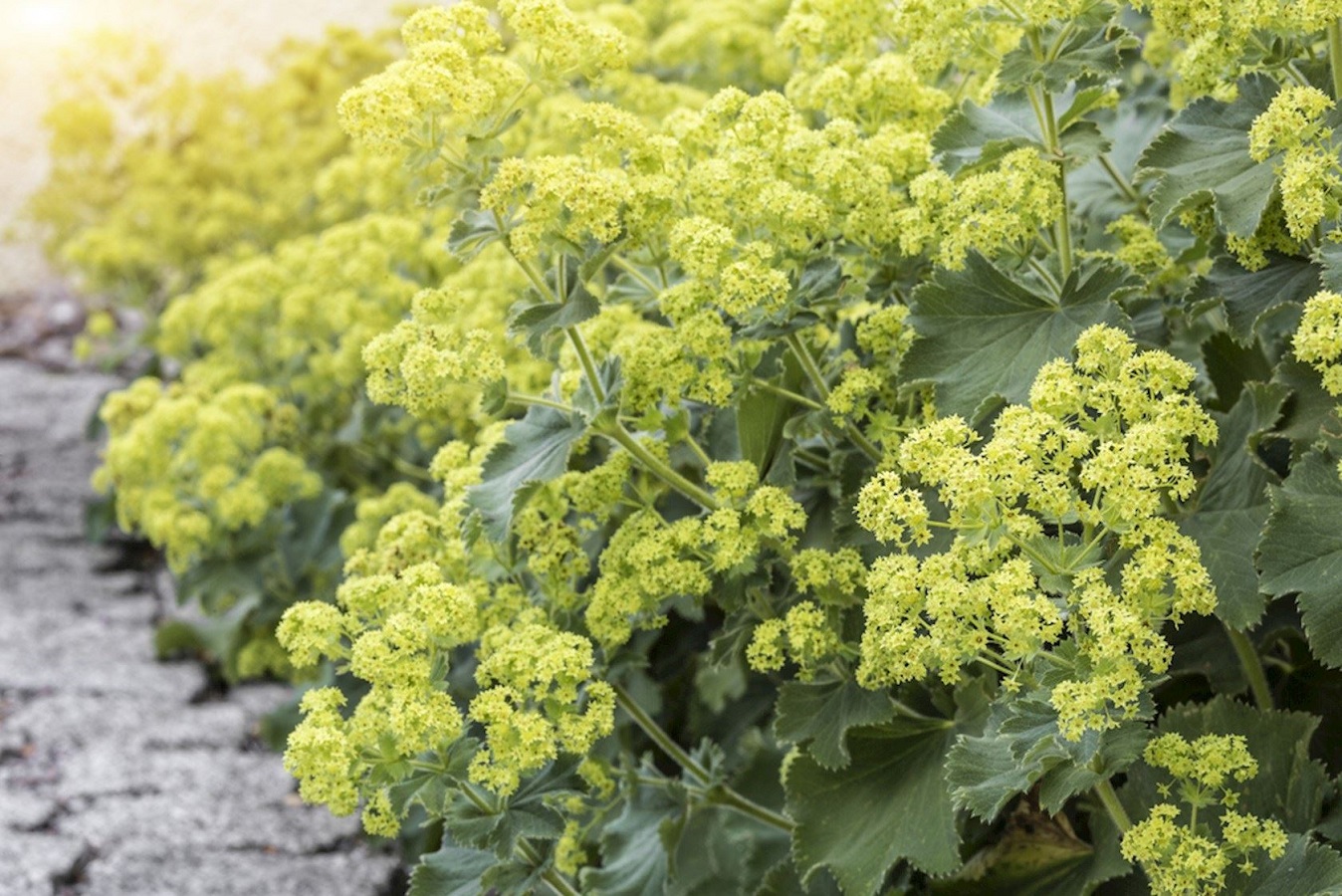
Il manto della signora e le sue origini
Il manto della signora (Alchemilla mollis), o manto della signora da giardino, è una pianta del gruppo delle perenni. Ha un portamento cespuglioso e cresce fino a 50 centimetri (1,64 piedi) di altezza. È un’aggiunta perfetta a un giardino, indipendentemente dalle dimensioni del cortile.
Le caratteristiche foglie del manto di dama fungono da decorazione della pianta. La loro forma è rotonda con margini incisi. Il colore delle foglie è verde grigiastro. Durante la stagione della fioritura, tra di esse compaiono dei fiori dal profumo gradevole. Formano infiorescenze gialle e sciolte.
I fiori della mantovana compaiono in estate. Si possono osservare dall’inizio di giugno e durano fino alla fine di agosto.
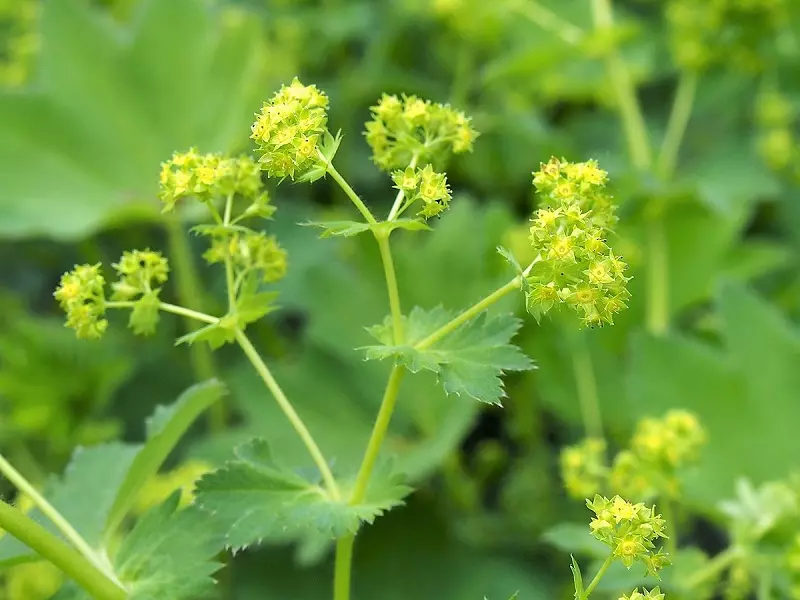
Mantello della signora - Varietà popolari
La mantovana viene solitamente raccolta per il suo carattere decorativo. Si noti che esistono alcuni tipi di questa pianta. Ecco le varietà più popolari di mantello della signora:
- Auslese - conosciuta anche come Select o Robustica; ha un portamento sferico, ma anche decisamente eretto; è leggermente più corta dell’originale, in quanto cresce fino a 40 cm (1,31 ft) di altezza,
- Thriller - questa varietà cresce fino a 60 cm (circa 2 piedi), ha un caratteristico portamento eretto e spesso.
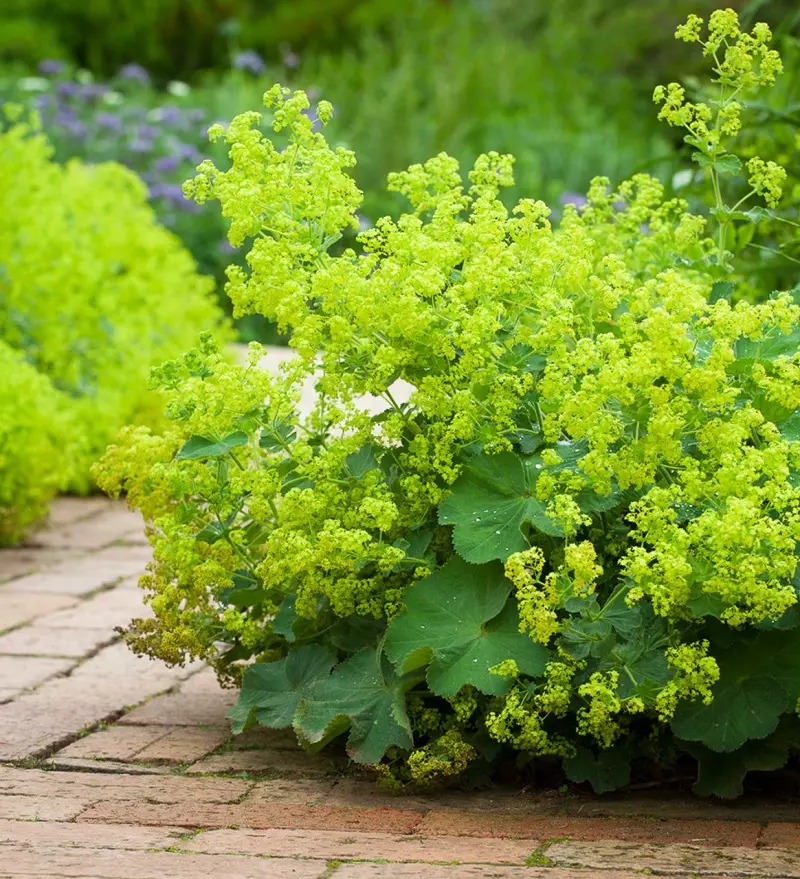
Mantello della Signora - posizione e cura della pianta
La facilità di manutenzione è il maggior vantaggio di questa pianta. La mantovana è molto tollerante per quanto riguarda il luogo di coltivazione. Se volete essere sicuri che la pianta cresca nelle migliori condizioni possibili, piantatela in un terreno argilloso, ricco di humus e con un livello di umidità moderato.
Il pH del terreno non ha bisogno di essere regolato, il che è un grande vantaggio.
La mantide preferisce crescere all’ombra e alla mezz’ombra. È possibile piantarla in una posizione soleggiata, ma in questo caso ha bisogno di annaffiature più frequenti. Altrimenti potrebbe disidratarsi.
La pianta deve essere potata dopo la stagione di fioritura. Rimuovere solo gli steli con i fiori, che rafforzano la pianta. In primavera, rimuovere solo le foglie secche.
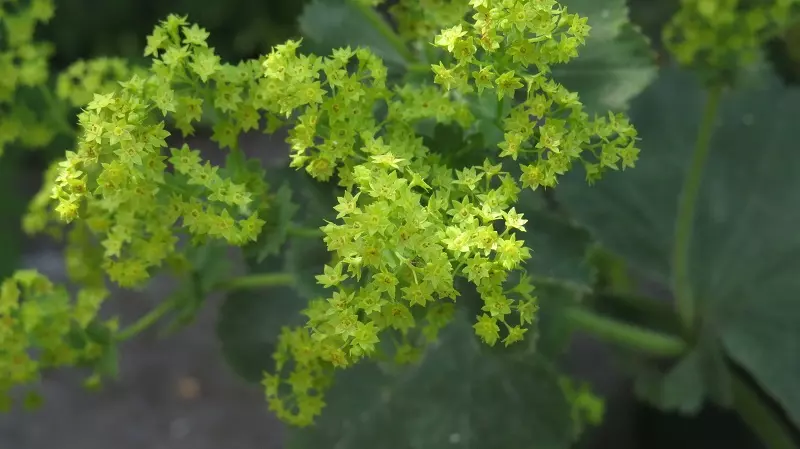
Mantello della signora - benefici per la salute
Il manto della Madonna è un’erba preziosa con proprietà curative, utilizzata da molti anni nella medicina popolare. La pianta offre le seguenti proprietà:
- astringente,
- antiemorragico,
- antibatterico,
- antinfiammatorio.
Il manto della Madonna rafforza la struttura dei vasi sanguigni. Se usata correttamente, l’erba ha un effetto diuretico e migliora la digestione e il movimento intestinale.
Quando piantare la mantide?
Pianificare la messa a dimora della mantide in giardino tra aprile e settembre. Questo vale per le piante più vecchie, trasferite o acquistate in vaso in un negozio di fiori. Di solito le piante sono vendute con le radici completamente sviluppate, il che rende più facile il trasferimento nella loro posizione finale.
Se volete piantare i semi di mantide, la primavera è il periodo migliore. In questo modo, la pianta ha il tempo di germogliare e diventare abbastanza forte da superare l’inverno.
Mantella della signora - annaffiatura e concimazione
La mantide richiede annaffiature regolari solo se è esposta a una forte luce solare. Può cavarsela benissimo all’ombra o a mezz’ombra, con un terreno ricco e umido. In questo caso, è possibile limitare le annaffiature senza temere che la pianta si secchi eccessivamente.
L’alchemilla mollis non ha bisogno di un’alimentazione eccessiva. In ogni caso, un prodotto adeguato permette uno sviluppo più rapido, soprattutto durante il periodo di vegetazione. È possibile utilizzare prodotti a lento rilascio che integrano perfettamente le carenze minerali della pianta.

Mantello della signora - propagazione
La divisione è il metodo più semplice di propagazione della mantide, che può essere effettuata in primavera (aprile) o in autunno, a partire da ottobre, senza alcun limite.
- Aerare delicatamente il terreno intorno alla pianta e usare, ad esempio, un forcone per sollevarla.
- Sciacquare la pianta scavata in acqua ed esaminarla per trovare le parti adatte alla divisione.
- Collocare la pianta divisa alla stessa profondità in cui è cresciuta originariamente, pressando il terreno intorno e annaffiandola bene.
Un altro metodo consiste nel seminare i semi in primavera. Ma i semi devono essere pre-trattati tenendoli a 5°C (41°F) per circa 4 settimane. Grazie a questo metodo, i semi sono in grado di germogliare a 10-15°C (50-59°F) dopo appena 2 settimane dalla semina in un luogo mirato.
Il manto della signora è vulnerabile a parassiti e malattie?
La pianta è soggetta soprattutto agli afidi. Le infestazioni maggiori compaiono in primavera, attaccando soprattutto le foglie giovani. Assicuratevi di eliminare questi parassiti, utilizzando rimedi casalinghi o prodotti adeguati acquistati in negozio.
La mantovana è anche soggetta a marciume radicale, soprattutto se cresce in un luogo troppo umido. Innaffiature troppo frequenti non fanno bene a questa pianta, quindi prestate particolare attenzione a questo aspetto.
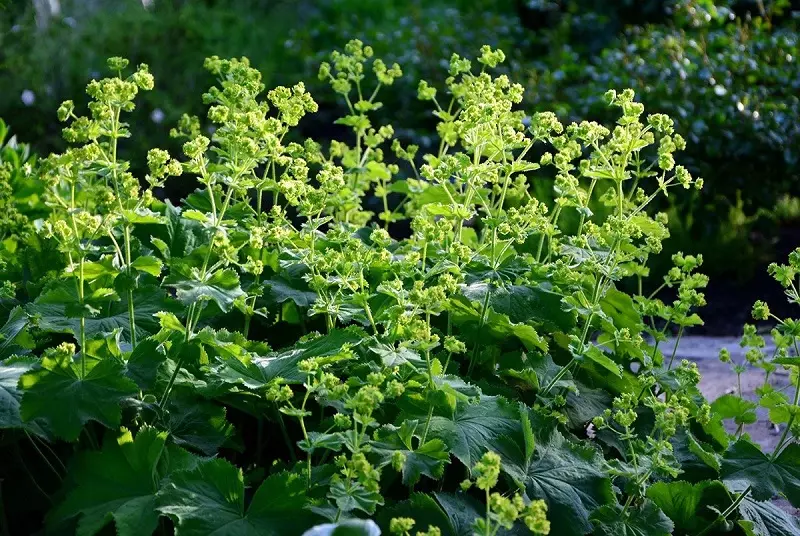
📍 La mantovana è una pianta popolare?
Il manto della donna è una pianta piuttosto comune. Appartiene al gruppo delle piante perenni e, soprattutto, è in grado di resistere praticamente in qualsiasi condizione. Per questo motivo, è un fiore universale.
📍 Come coltivare il manto della donna?
La coltivazione della mantovana non è un processo complicato. Basta assicurarsi che ci siano buone condizioni e si potrà godere della crescita della pianta nel proprio giardino. Anche la scelta di una buona posizione e la concimazione periodica sono aspetti importanti.
📍 Il mantello della donna ha qualche beneficio?
Il mantello della donna è una pianta molto apprezzata dalle donne. Grazie al contenuto di acido salicilico, riduce i dolori mestruali. Inoltre, la pianta ha proprietà antibatteriche e antifebbrili. Ha anche effetti positivi sulla digestione e sull'intestino.
Articoli in primo piano




